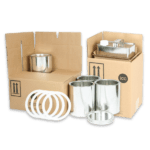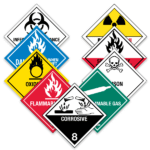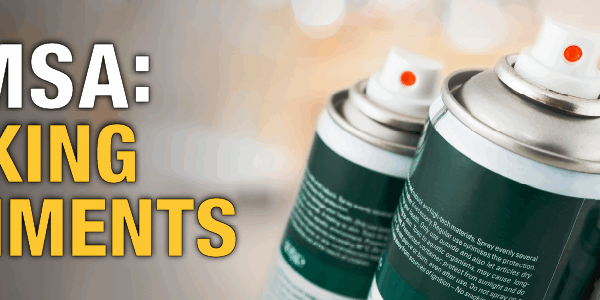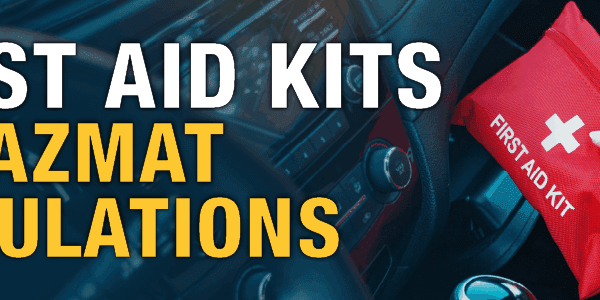Managing Hazmat Risks in Tornado-Prone Zones: Preparedness and Safety Measures
When living in a tornado-prone area, it is crucial to take extra precautions when storing hazardous materials to minimize the potential risks and protect yourself, your community, and the environment. Here are some considerations to keep in mind:
Secure Storage Location: Choose a secure storage location for hazardous materials that is away from flood-prone areas and well above potential flood levels. Avoid storing hazardous materials in basements or low-lying areas that may be susceptible to flooding during tornadoes.
Elevated Storage: Whenever possible, store hazardous materials above ground level. This will reduce the risk of contamination in case of flooding or tornadic activity.
Sturdy Containers: Use sturdy and approved containers designed for the specific hazardous materials you are storing. Ensure that these containers are tightly sealed and labeled correctly.
Ventilation: Ensure proper ventilation in the storage area to prevent the accumulation of hazardous vapors and fumes, especially if storing volatile substances.
Separate Incompatibles: Store incompatible hazardous materials separately to avoid the risk of reactions that could lead to fires, explosions, or toxic releases.
Spill Containment: Implement spill containment measures, such as using secondary containment systems, to prevent hazardous materials from spreading in case of leaks or spills.
Emergency Response Equipment: Keep appropriate emergency response equipment readily available including spill kits, fire extinguishers, personal protective equipment, and eyewash stations.
Emergency Plan: Develop and practice an emergency plan with clear procedures in the event of a tornado or hazardous material spill. Ensure that all personnel handling the hazardous materials are aware of these procedures.
Stay Informed: Monitor weather forecasts and tornado warnings closely. Have a reliable means of receiving emergency alerts and warnings to take appropriate action in case of severe weather.
Compliance with Regulations: Adhere to all local, state, and federal regulations regarding the storage of hazardous materials. Familiarize yourself with the specific requirements and guidelines applicable to your area.
Inspection and Maintenance: Regularly inspect and maintain storage containers, equipment, and safety measures to ensure they remain in good working condition.
Community Awareness: Inform your local community and emergency responders about the presence of hazardous materials on your property. In the event of an emergency, they need to be aware of potential risks to respond effectively.
Remember that the storage of hazardous materials requires careful consideration and preparation to safeguard yourself and your surroundings. By taking these precautions and being prepared for tornadoes and other emergencies, you can help mitigate the risks associated with storing hazardous materials in tornado alley areas.
ICC is passionate about keeping us all safe when handling, storing, manufacturing, or transporting dangerous goods. Our team can help your business stay compliant and informed through our resources and products. Contact us to learn more about the ICC difference.
Stay up to date and sign up for our newsletter!
We have all the products, services and training you need to ensure your staff is properly trained and informed.
 Metal Shipping Kits Metal Shipping Kits |
 Hazard Class Labels Hazard Class Labels |








 ICC USA
ICC USA ICC Canada
ICC Canada